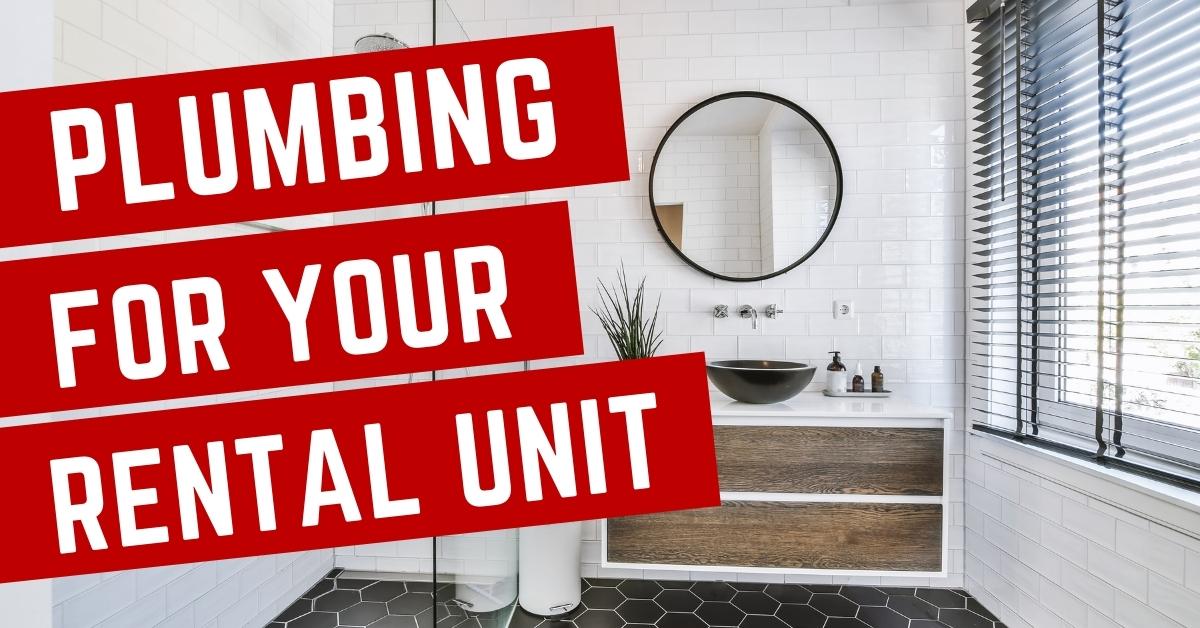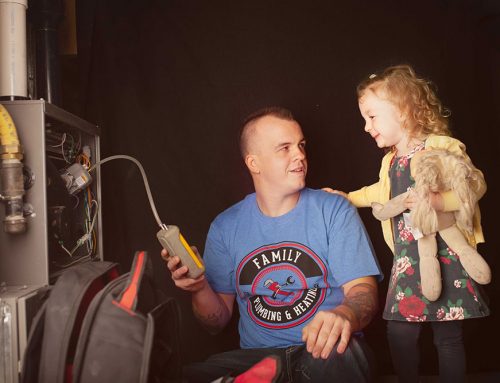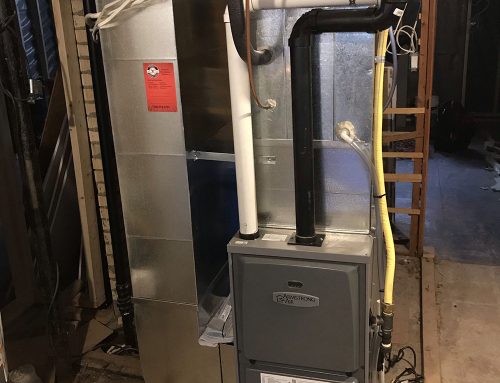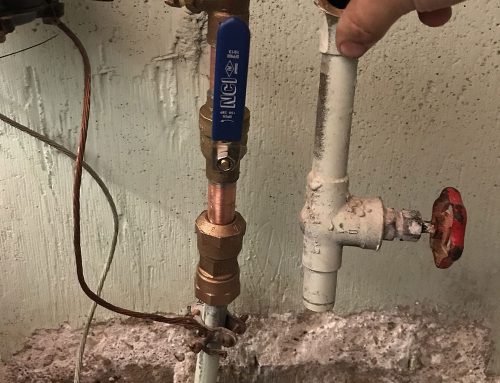*The following is our first ever guest post provided by Leenan Property Management! They’ve been helping homeowner’s and tenants alike for the past three years in Regina Sk. They’ve provided some great tips to help navigate the sometimes grey areas when plumbing problems pop up in a rental unit.
Plumbing Maintenance and Repair in Your Rental Property: Who’s Responsible for What?
Up until the point where a rental property owner turns their rental home over to a tenant, the maintenance of the home’s plumbing is the owner’s responsibility. And most landlords will live up to this responsibility because they know that no tenant would knowingly rent a home if it lacks adequate plumbing. But, after a tenant moves into a rental home, who is responsible for the repair and maintenance of its plumbing?
This question is important because although the landlord still owns the home, it is now occupied by a tenant. In such a situation, who should be responsible for the maintenance of the plumbing systems in the home?
Finding an acceptable answer to this question is often difficult in a rental home. Disagreements over the allocation of responsibility for water damage is one of the reasons landlord-tenant relationships often disintegrate.
If you are a landlord, this article provides you with a framework that makes the issue easier to resolve. It arms you with the knowledge to determine, in a fair and transparent manner, who should pay for any damage and repairs needed for your home’s plumbing systems. And if you are a tenant, it offers guiding principles that help ensure the protection of your rights, while clarifying your duties as far as plumbing maintenance is concerned.

Landlord’s Plumbing Responsibilities
The landlord and tenant legislation in the various provinces of Canada recognize tenants’ right to a home that has the necessary systems that make it livable. Generally, this includes safe structures and functional systems. But specifically, it means the home must have adequate plumbing and sanitary facilities. These components must be working to the tenant’s satisfaction at the point of tenant move-in.
In addition to providing functional plumbing the landlord must also:
- Do a property check before tenant move-in
Before the tenant signs the lease, the owner must ensure that there are no plumbing leaks, corroded pipes, broken seals, dampness issues, blocked drains, or any sort of malfunction.
- Maintain the systems in a working condition
The landlord must also keep the plumbing in good order throughout the tenancy. Even after the tenants move in, it is the owner’s job to maintain the plumbing.
- Carry out the required maintenance
The owner is responsible for the proper care of the plumbing. Any damage due to natural wear and tear or the proper use of the plumbing is the landlord’s responsibility.
- Attend to all plumbing emergencies
Emergencies are immediate threats to the livability of the home. Examples include an overflowing toilet, burst pipes, or interruption to water supply in any part of the home.

Landlord’s Rights
While it is mostly the landlord’s role to provide and maintain the home’s plumbing, the owner also has rights that are protected by the law. Since the tenant is the one who uses the home’s plumbing, tenants are in a prime position to damage the plumbing. Additionally, they are the ones closest to the systems and therefore in the best position to detect problems. These facts reflect the rights that the law gives to landlords, namely:
The right to expect proper use of the plumbing
Having turned-over the plumbing to the tenant in good condition, the owner expects the tenant not to engage in negligent or intentional acts that may damage the systems.
- The right to be informed when problems occur
Since tenants are close to the home’s plumbing, the landlord has a right to expect the tenant to notify him or her of problems in a timely and accurate manner.
Tenant’s Plumbing Responsibilities
The tenant is also partly responsible for the home’s plumbing. Where the tenant fails to play their part and there is damage to the plumbing, the tenant will be partly or wholly responsible for the repairs. Tenant responsibilities include:
Proper use of the plumbing
Tenants must refrain from acts that damage the plumbing such as flushing non-biodegradable objects down the toilet or letting hair clog the drain.
- Inform the owner of problems
Tenants must report problems to the owner as soon as they detect them. If they fail to do this and the damage becomes worse, the tenant is partly responsible.
- Responsibility to limit damage
If a tenant detects damage to the plumbing, they must take necessary steps to limit the extent of damage to the owner’s property before the landlord arrives to fix the problem.
- Responsible for protecting their own property
Tenants are responsible for protecting their personal belongings during any plumbing emergency. The landlord will not pay for damage to the tenant’s possessions.

Tenant’s Rights
The primary goal of most Canadian landlord and tenant legislation is to protect the rights of renters. These rights include:
- The right to a home with adequate and functioning plumbing systems
- The right to prompt and adequate response to all their plumbing-related complaints.
- The right to withhold rent, sue the landlord, or move out if the home’s plumbing is inadequate.







Leave A Comment